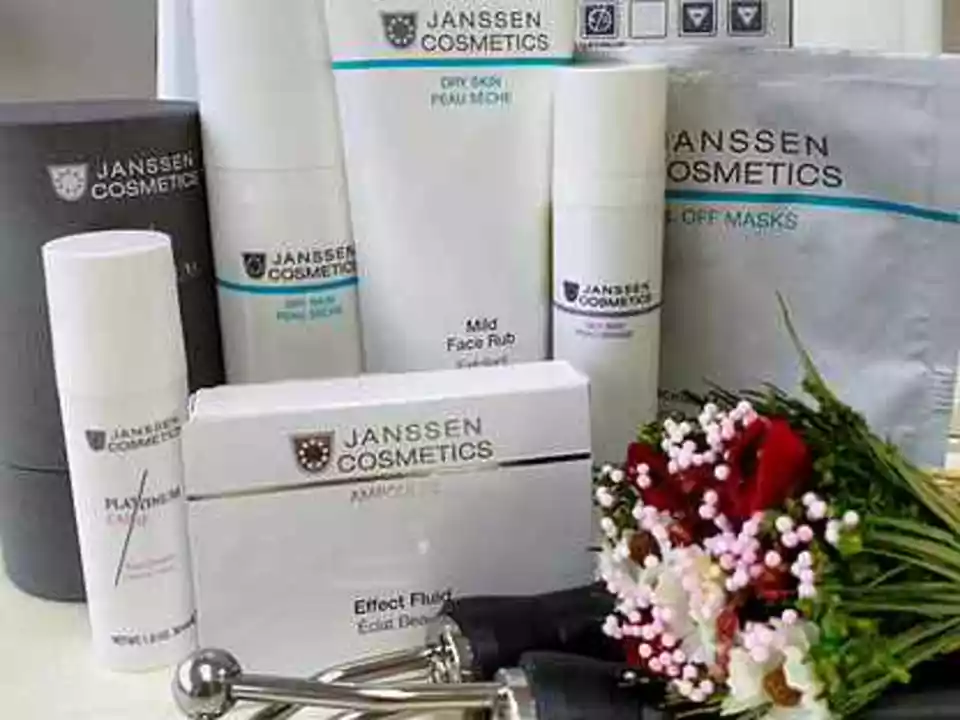Cosmetic Industry: How to Pick Safe, Effective Beauty Products
The cosmetic industry moves fast—new ingredients, flashy claims, and products that promise big results. That’s exciting, but it also makes it easy to buy things that don’t work or cause harm. Here are clear, practical rules to help you shop smarter, protect your skin, and avoid common traps.
Read labels like a pro
Start with the INCI list (the ingredient list). Look for the active ingredients you actually want: niacinamide for redness and tone, hyaluronic acid for hydration, retinol for fine lines, and AHAs/BHAs for exfoliation. If a product hides a short ingredient list behind buzzwords like “natural” or “clean,” dig deeper. Fragrance is a frequent irritant—if you have sensitive skin, pick fragrance-free. For sunscreens, choose SPF 30+ and “broad spectrum.”
Watch for packaging cues that matter: pumps and tubes reduce contamination compared with open jars. Check expiration dates and batch codes; expired formulas can lose potency or harbor bacteria.
Use ingredients safely
Active ingredients are powerful, so use them carefully. Introduce one new active at a time and give it 2–4 weeks before adding another. Don’t mix strong exfoliants (like glycolic acid) with retinol on the same night—this increases irritation. If you’re starting retinol, use it twice a week, then slowly increase frequency as your skin tolerates it. Always pair retinoids and exfoliants with daytime SPF.
If a product causes burning, swelling, or hives, stop immediately. For mild irritation, do a patch test: dab a small amount on the inner forearm and watch for 24–48 hours. That simple step prevents a lot of trouble.
Know regulatory limits where you live. For example, in the U.S., the FDA doesn’t pre-approve most cosmetics—companies are responsible for safety testing. In the EU, rules are stricter and some ingredients are banned or limited. Certifications from recognized groups (like cruelty-free logos or ISO marks) can help, but don’t rely on them alone—always check the formula.
Shopping online? Verify seller reputation: read reviews, confirm return policies, and avoid deals that look too good to be true. Counterfeit or diluted products are common in marketplaces. If you’re buying active drugs or medical-grade products, use licensed pharmacies or verified suppliers—some items require a prescription or professional guidance.
Want eco-friendly options? Look for recyclable packaging, refill programs, and brands that publish ingredient sources and carbon footprints. “Sustainable” on its own isn’t proof—real brands back claims with transparency.
Finally, keep a short routine that actually works. Far too many products can irritate skin and hide what’s helping. Pick a gentle cleanser, a targeted active or two, a moisturizer that suits your skin type, and sunscreen. Track changes over weeks, not days. If you have persistent issues, see a dermatologist rather than relying only on product blogs.
Browse our tag posts to learn more about specific ingredients, safe online buying, and product alternatives across cosmetics and skin-related medications.

Chloramphenicol in the Cosmetic Industry: Potential Benefits and Concerns
In recent years, Chloramphenicol has gained attention in the cosmetic industry for its potential benefits and concerns. As a blogger, I've been researching this topic and found that this antibiotic can offer promising results in treating skin infections and acne. However, there are concerns regarding its safety, as Chloramphenicol has been linked to some serious side effects, such as bone marrow suppression. While it's crucial to weigh the benefits against the potential risks, further research is needed to determine the long-term effects and best practices for using Chloramphenicol in the cosmetic industry. I'll be keeping an eye on this topic and will update you all as more information becomes available.
